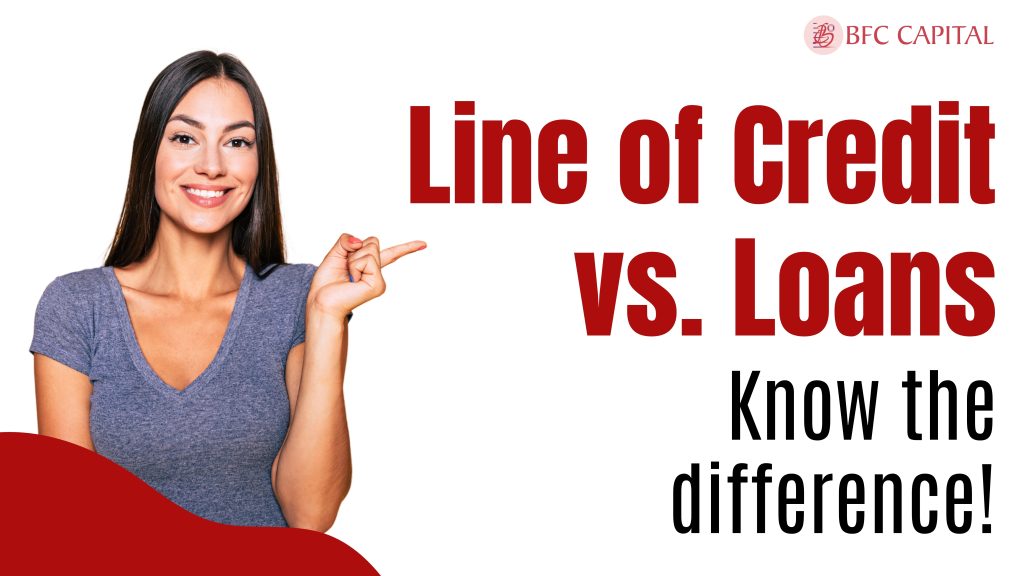
Imagine you plan a big home renovation. There are two options to finance it. First, you could ask a friend for a lump sum upfront to cover all expenses. Second, you could make a special arrangement with your friend. Whenever you require a specific amount, you directly access his wallet if you don’t exceed a pre-negotiated limit.
The first option is similar to a loan. There is a one-time amount you repay over a definite period. Whereas, the second option equals a line of credit. Here, you have continuous access to funds and borrow an amount whenever you need it.
In this blog, we’ll explore key differences between these financial tools, and help you understand the ideal option based on your financial requirements.
Table of Contents
Breaking Down “Lines of Credit”: Take Something Without Asking For Too Much
Have a wedding or house renovation planned? How do you pay for such huge moments of your life? Most people give precedence to credit over cash to make large expenses. It is used just as a credit card i.e., it’s a revolving account. In simpler terms, you borrow and pay it back again and again up to a specific amount, without applying for a new loan. Some recognized lines of credit are home equity, business, store credit accounts, and credit cards.
Assume you’re a kid with a candy jar that your parents fill each week with a particular number of candies. You’re allowed to take as many candies as many times you want, but only from what’s in the jar. So, some days you take a few candies when you crave sweets, while on other days, you don’t take candies at all. Even if you finish up some fraction of the candies, your parents add that amount next week. But, you never take more than what you need i.e., never asking for more than what’s in the candy jar.
The candy jar is like the line of credit. You have a pre-set credit limit and only spend up to that amount with a line of credit. However, as you continue making payments towards the spent balance, your available credit replenishes. Take the case of credit cards. You pay the full balance each month, hence, avoiding any interest. This may not be true for all lines of credit, but the overall workings remain the same. You make purchases up to the pre-set credit limit, the credit is now zero. Then once you make payments to reduce the balance, you have more available credit that enables you to borrow again. This cycle of borrowing, paying back and borrowing goes on and on.
There are usually two phases in the line of credit option – draw and repayment period. In the draw period, you pay only the interest charges. And, when this ends, you repay both interest and the amount borrowed.
Using the candy jar analogy, imagine that the candy-taking phase is the draw period and the candy-returning phase is the repayment phase. During the first phase, you take candies whenever you want as long as it doesn’t go beyond the overall candies present in the jar. This could last a week, months, or even longer. You’re free to take candies and enjoy them without worrying about giving anything back in exchange. But you gradually enter the second phase i.e., the repayment period. For the candies you have taken, your parents ask you to return a certain amount of candies every day or week until the jar is filled up to its original amount. Here, you’re no longer allowed to take more candies but give back what you borrowed, in installments until the debt is repaid. These two phases are significant for a home equity line of credit.
Generally, this financial option enables you to spend money on an as-needed basis with interest merely on the borrowed amount i.e., you owe for the candies you have eaten from the jar, not the whole jar. For example, if your approved credit limit is Rs. 50,000 but you only spend Rs. 20,000, there is no underlying pressure to use up all the remaining funds. This financial option is ascertained as a flexible way of getting what you need and when you need it, without asking for too much at once.
Understanding How Loans Work: Are You Eating More Than You Can Stomach?
To understand the concept of personal loans, we reconsider the candy jar analogy. But in this scenario, your parents give you just one jar full of candies to enjoy. The jar is not refilled again and again every week to substitute for the candies you eat. Once the jar is empty, it stays empty – it depends on whether you eat the candies in one go or finish it over several days. Now, you owe your parents the jar full of candies, so you return a few candies each week until you’ve given them the same amount as was in the candy jar they initially gave you.
This is how a loan works. You receive a lump sum upfront just like a jar full of candies. You may use the money right away or gradually over time, but once you spend the entire amount, you can’t apply to extend the loan. Instead, your priority is repaying the loan. You make regular payments to repay the amount borrowed along with the interest until the debt is repaid. This financial option is not flexible and unsecured unlike lines of credit, your only focus is repaying the borrowed amount.
Some of the common loans are personal loans, student loans, auto loans, and mortgage loans. As a borrower, if you want to buy a house, or a car or repay medical bills, you receive the funds immediately. Then the loan is paid in installments over a few months or years. Most loans have a specific amount that needs to be paid monthly or pre-set period, known as the “term of the loan”. The general term recognized is between three to five years, but sometimes they may be repaid over seven years. When the whole amount is repaid, the loan account closes. If you want to borrow again, you have to apply for a new loan again.
Often, this financial option is used for debt consolidation where the personal loan is used to pay off credit balance(s) given that the latter has a higher interest rate. This helps save on interest payments if the interest rate on your loan is relatively low.
Moreover, just as the parents gift their kid a candy jar because the kid likes to eat candy, there has to be a purpose stated while applying for a personal loan. Following this, there are several factors that a lender considers before finalizing the loan, such as – credit score, repayment history, and net income. In most cases, you fill out a form and submit the important documentation.
Explore the Key Differences Between: Line of Credit vs. Loans
Choosing between a loan and a line of credit is not like choosing between two mobile phone models. However, it may be quite close to choosing between an apartment or a bungalow. The choice depends on the individual.
How Do You Choose One Over the Other?
A line of credit offers you a wiggle room. You may consider these credits as a rainy day fund you use for occasional expenses. You have the choice to use as much as you want or as little i.e., you either use all Rs. 50,000 or only a part of it. Most of the common reasons lines of credit are used include long-term projects, emergency expenses, or college tuition.
However, a personal loan is a noose around your throat. You borrow the specific amount you require. This option is used for purchasing a new automobile, emergencies, debt consolidation, or home improvement projects. In a loan, if you require Rs. 30,000, you apply for a Rs. 30,000 loan. But, in case you are not sure about the amount you’ll require, a line of credit would be a suitable option.
Line of credit is a responsible choice for fluctuating and unforeseen circumstances, whereas, a personal loan is a straightforward and ideal option for one-off expenses. Exploring the several differences between these two options encourages us to discuss certain factors that differentiate lines of credit and a loan at the core level:
| Parameters for Comparison | Loans | Lines of Credit |
| Interest Rates | Fixed and predictable interest rate | Variable interest rates that depend on the market movements |
| Repayment Policy | Follows a pre-discussed outline with an equal amount paid each month that usually lasts for three to five years | Follows a flexible plan where the minimum amount is paid back depending on the credit available. You are allowed to settle the full balance at once |
| Purpose | When you are aware of the exact amount you require for lump sum expenses such as a wedding or building a house | When you require emergency income due to the loss of a job or want to cover any unexpected medical expenses |
| Fund Distribution | Once approved, the amount is credited to your account. You may use the money as needed. | Once approved, you can withdraw money only up to a certain limit but at any time. |
| Term | There is a pre-defined period with a set date and time. It depends on the loan agreement and spans several years. | There is no definite term. You have access to the credit depending on the lender’s terms. |
| Method of Funding | You receive your required amount as a lump sum to help you manage large expenses. | There is a maximum borrow limit from where you draw the required amount over time. But, you pay back the balance to refill the available credit to be able to borrow again. |
| Additional Fees | May comprise late fees, penalties, application fees, or an origination fee between 1-8%. | May comprise annual fees if unsecured, late repayment fees, or overdraft fees. |
The Bottom Line: Making the Reasonable Choice!
Standing at the financial crossroads of a line of credit versus a personal loan, isn’t it difficult to make the right choice? Each of the options carries certain benefits and drawbacks. Personal loans are relatively stable repayment periods and interest, while, a line of credit offers flexible accessibility to the funds. On the other hand, personal loans are unsecured whereas lines of credit have the potential for overspending. But both these choices affect your credit score and their finalization depends on your credit history. Overall, personal loans are perfect for making one-time large purchases while lines of credit offer ideal flexibility for smaller expenses and a source of emergency funds.
The choice you make depends on you – your requirements – whether you want to eat the entire candy jar at once to feel happy or eat it gradually over time to appease your sweet tooth.
Please share your thoughts on this post by leaving a reply in the comments section. Also, check out our recent post on: “Macaulay Duration: Definition, Formula, Example, and How It Works“
To learn more about mutual funds, contact us via Phone, WhatsApp, Email, or visit our Website. Additionally, you can download the Prodigy Pro app to start investing today!
Disclaimer – This article is for educational purposes only and by no means intends to substitute expert guidance. Mutual fund investments are subject to market risks. Please read the scheme-related document carefully before investing.

Assistant Vice President – Research & Analysis
Akash Gupta heads the Research & Analysis department at BFC CAPITAL, where he combines in-depth market insights with strategic analysis. He holds multiple certifications, including:
- NISM-Series-XIII: Common Derivatives Certification
- NISM-Series-VIII: Equity Derivatives Certification
- NISM-Series-XXI-A: Portfolio Management Services Certification
- IRDAI Certification
With his expertise in equity, derivatives, and portfolio management, Akash plays a key role in providing research-backed strategies and actionable insights to help clients navigate the investment landscape.
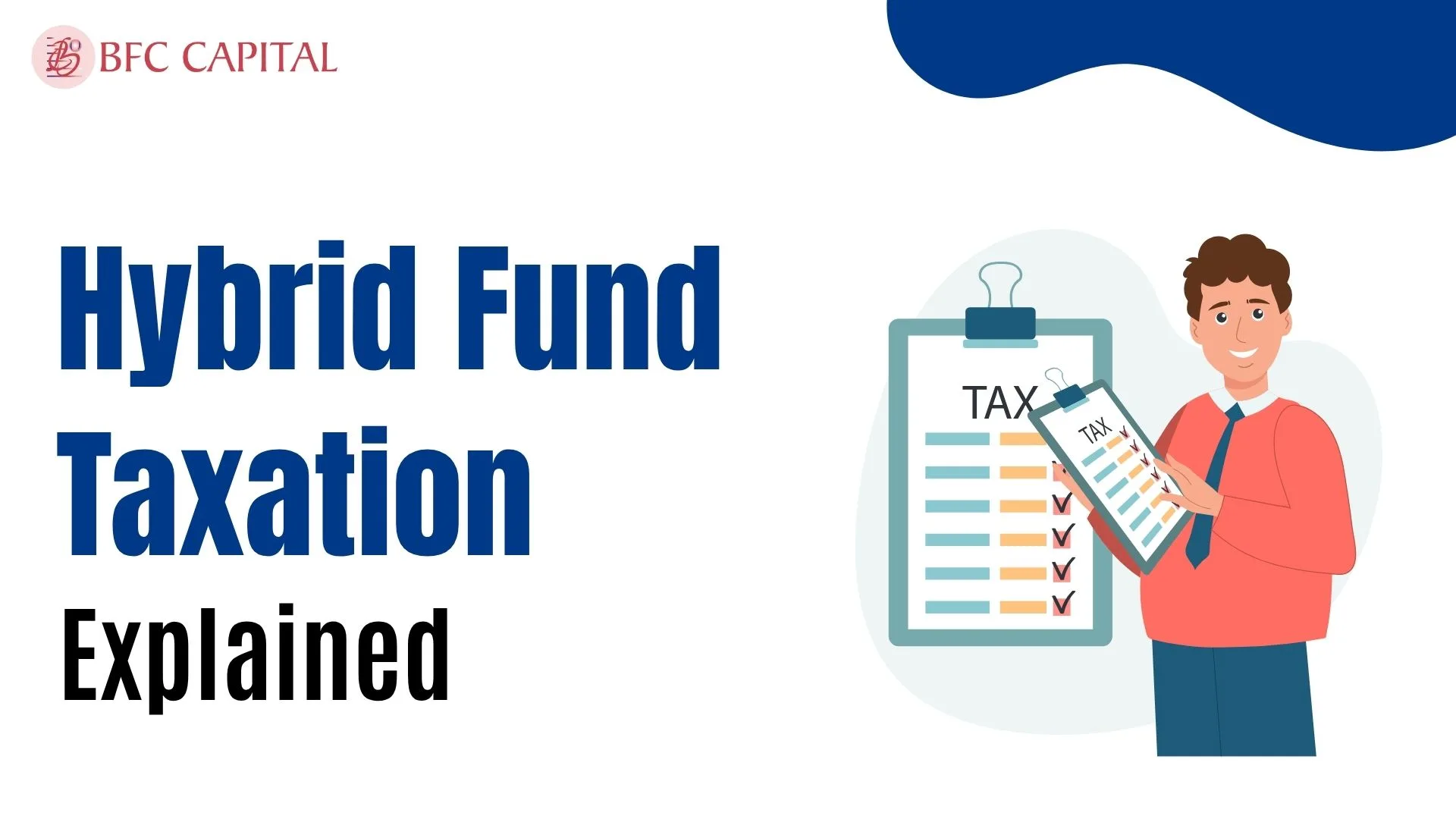


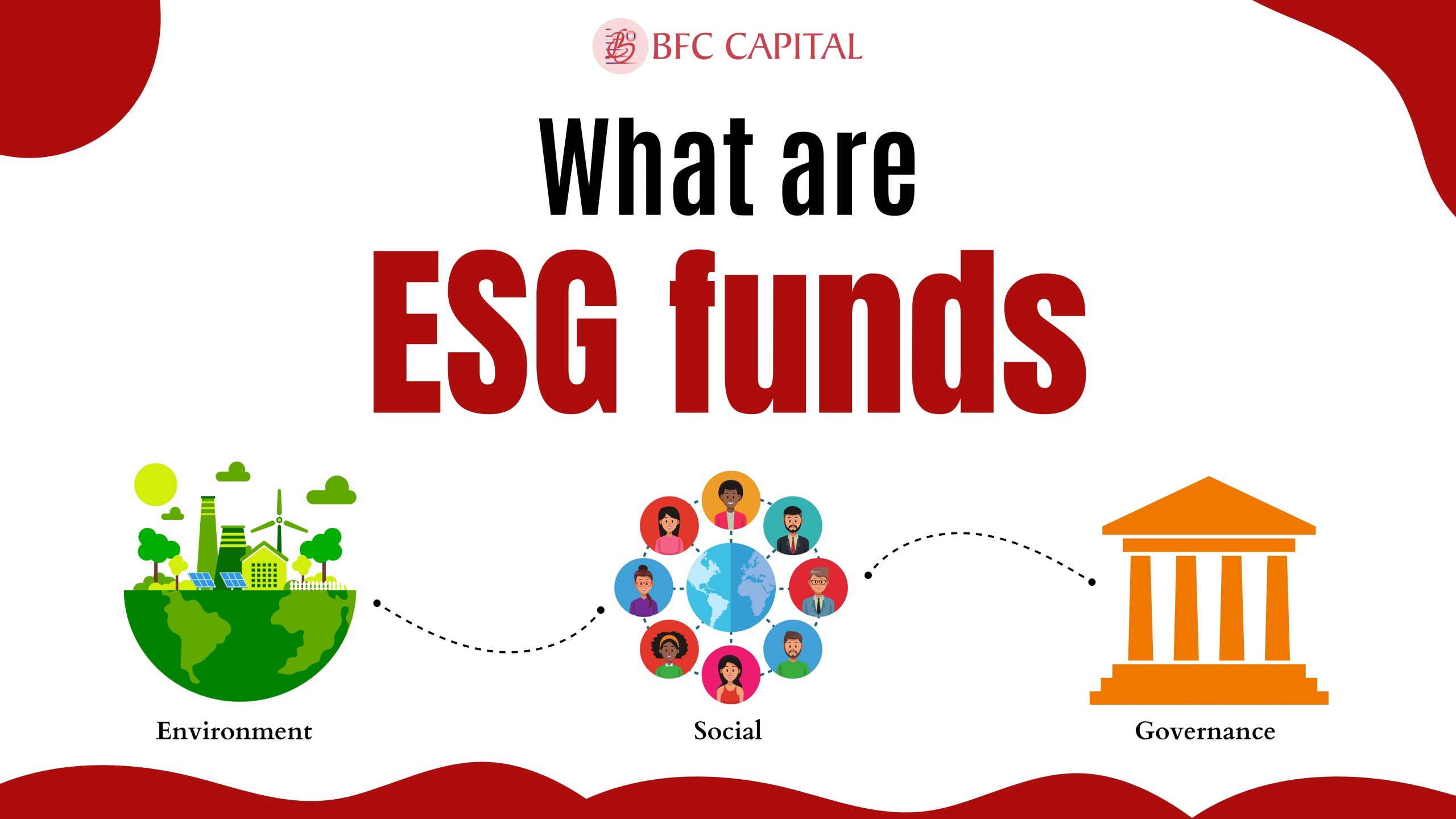
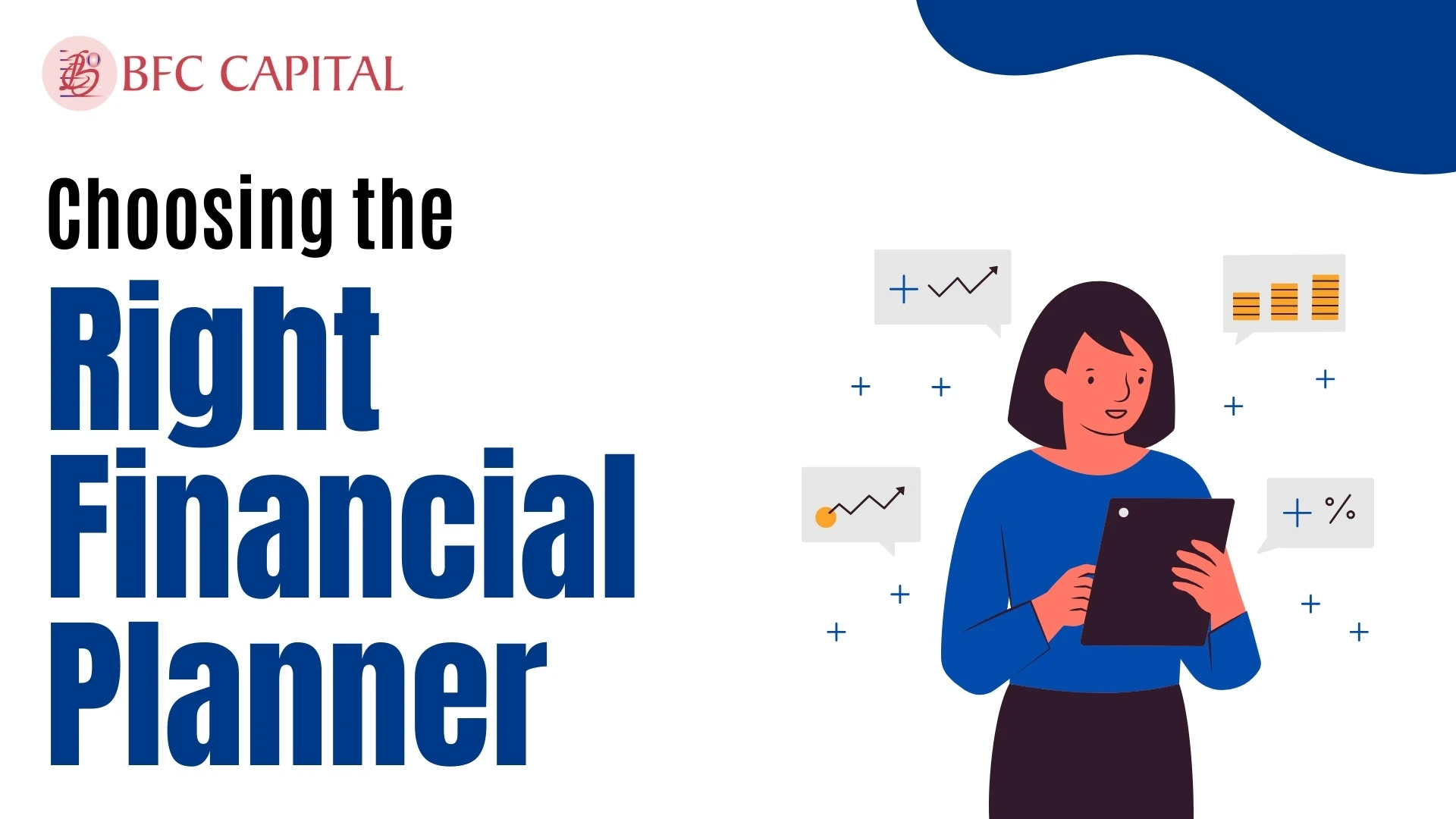


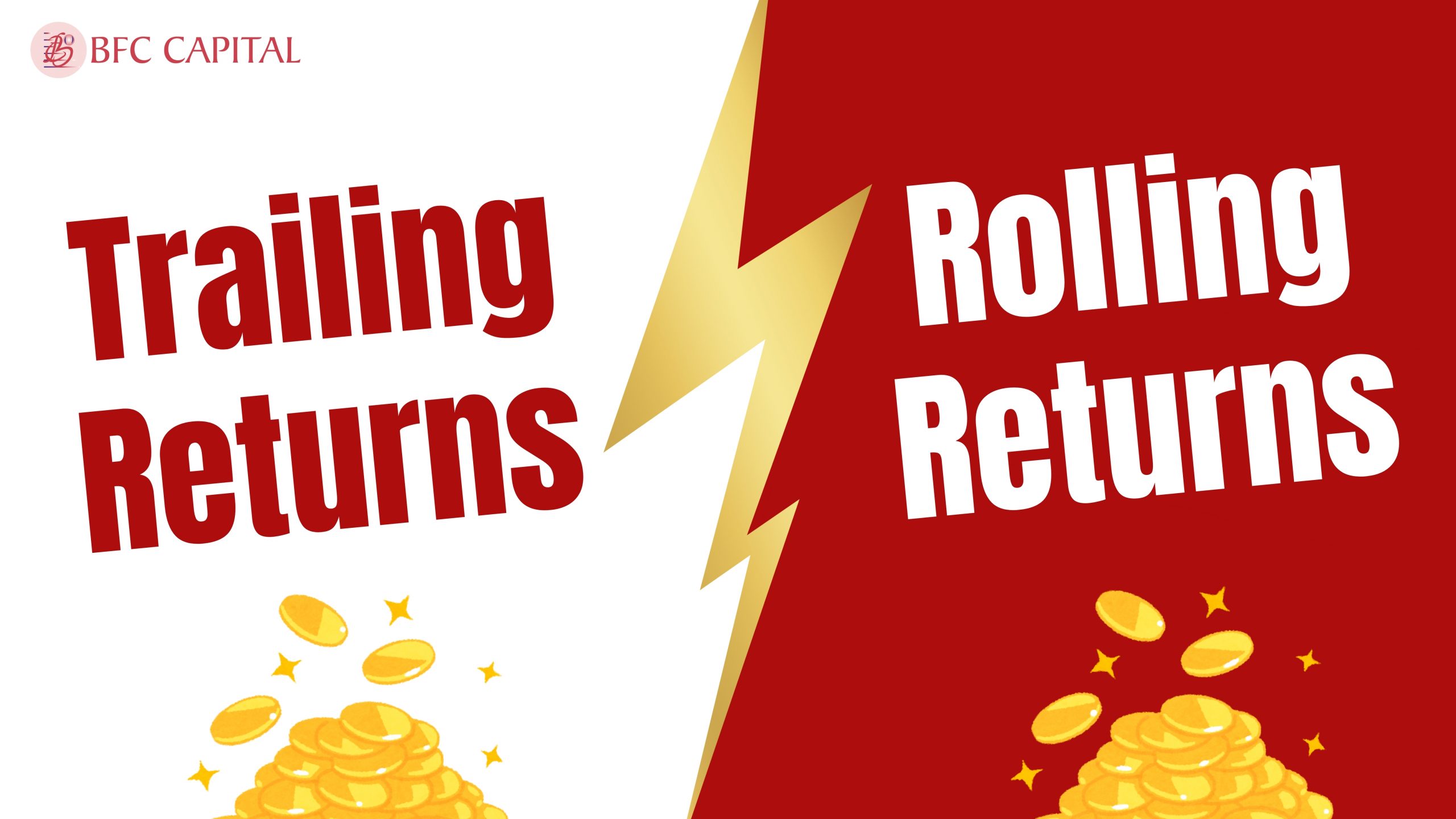
Name: What is the PEG Ratio?
says:[…] Also, check out our recent post on: “Line of Credit vs. Loans: Understanding the Key Differences“ […]